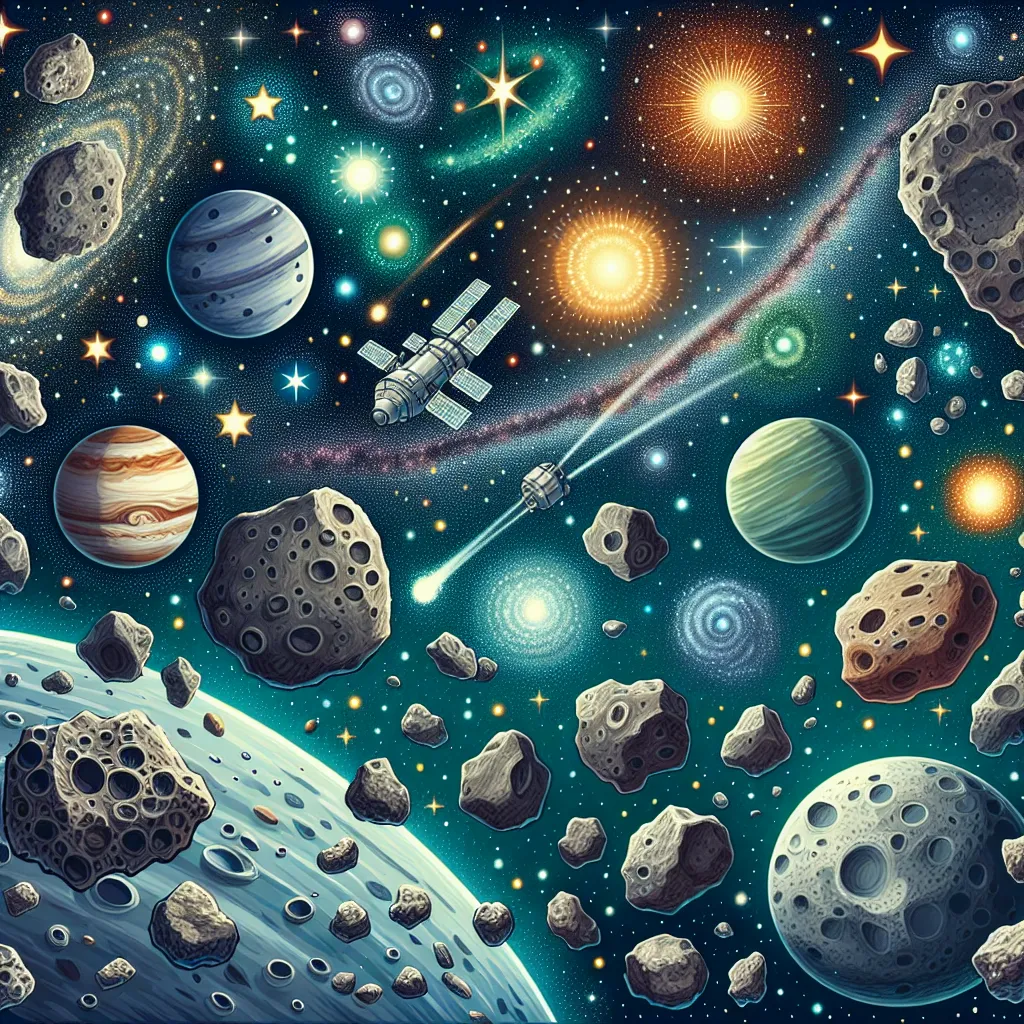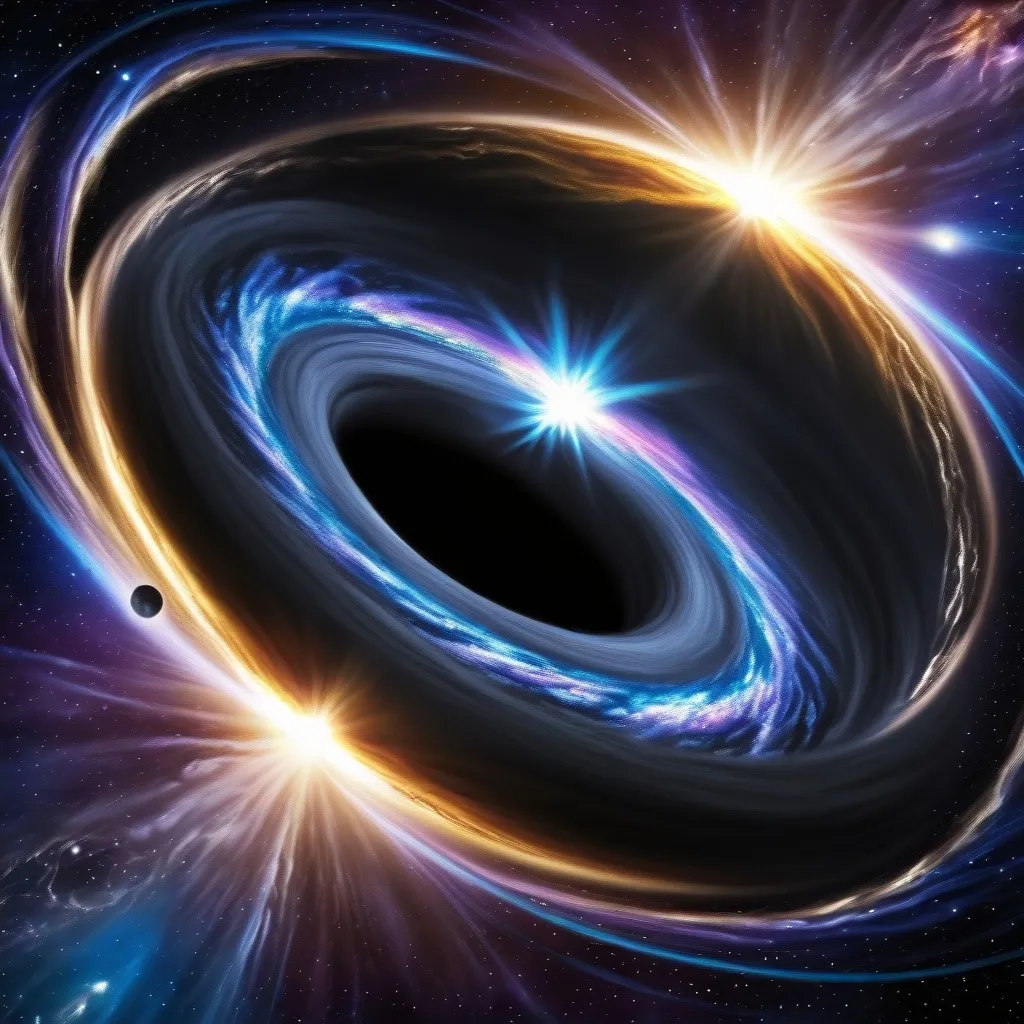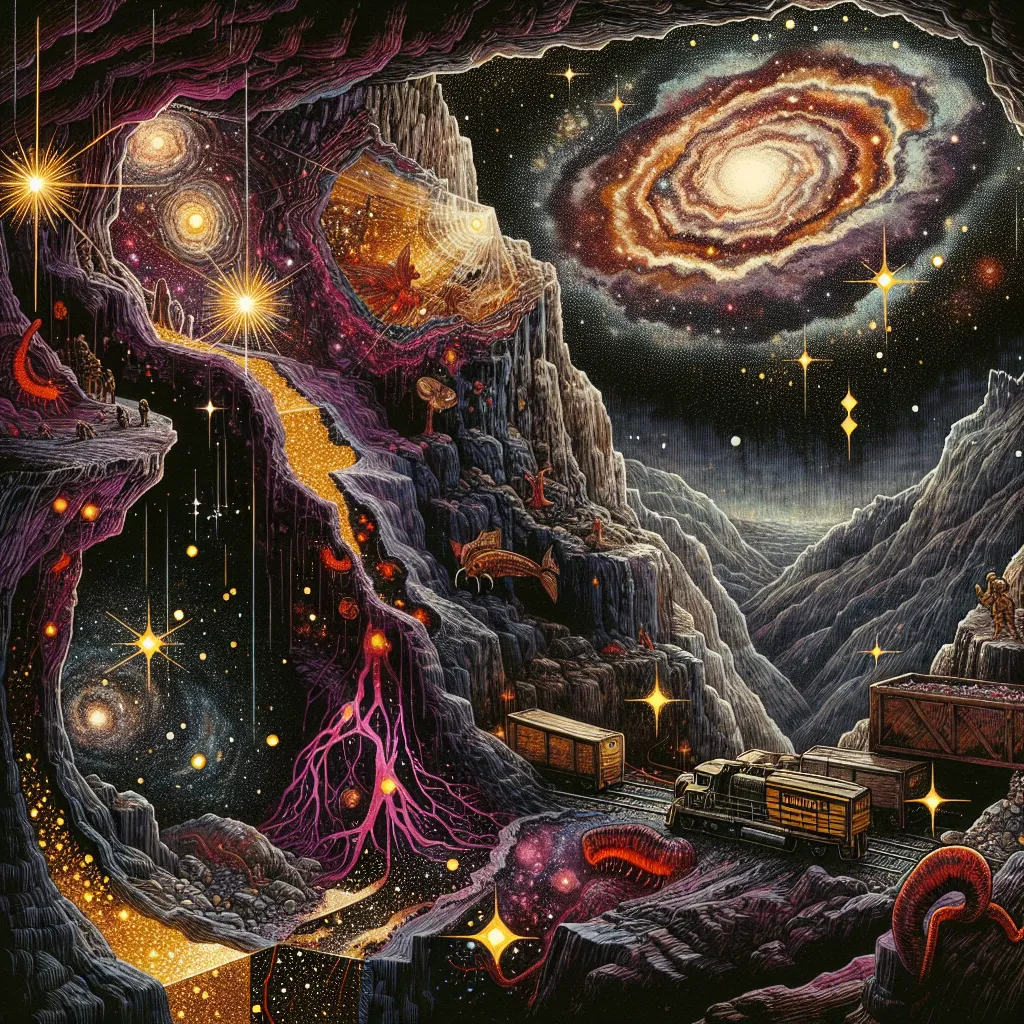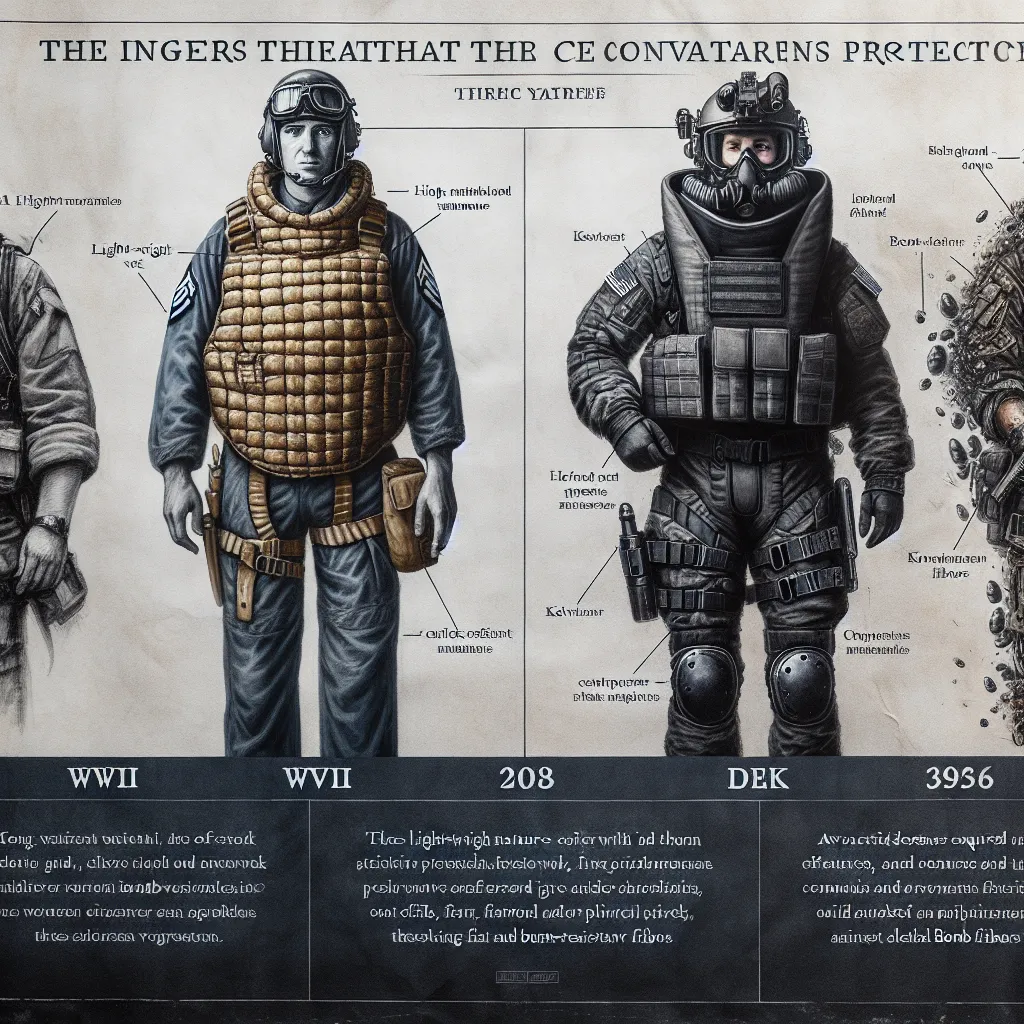Asteroids have always been enigmatic celestial bodies, holding both the means to create and the power to destroy. For billions of years, these rocky remnants have shaped our planet and played a crucial role in its history. While the idea of asteroids as Earth’s nemeses might seem daunting, they are far more than cosmic wrecking balls—asteroids are also invaluable troves of resources.
The night sky is filled with stars, galaxies, planets, and, of course, asteroids. Asteroids, unlike stars and planets, appear as mere points of light even through powerful telescopes, resembling tiny pebbles scattered across the sky. Despite their small size compared to planets, asteroids are essentially the building blocks of the solar system. They range from the size of cars to massive bodies hundreds of miles across, telling the ancient story of how the Earth came into being.
The early solar system was a chaotic whirlpool of dust and rocks. These dust particles clumped together to form asteroids long before the planets emerged. Over time, the gravitational forces between these asteroids allowed them to merge and grow into larger bodies. These cosmic collisions were often gentle, enabling asteroids to stick together rather than shatter. This process of aggregation allowed asteroids to evolve into mountain-sized rock piles.
As these rock piles grew, gravity played a more significant role. Mountains of space rock, large enough to exert gravitational pull, began attracting even more material. With enough mass, these space mountains swiftly turned into budding planets, marking the early formation of Earth and other rocky planets such as Mercury, Venus, and Mars.
However, beyond Mars, the narrative takes a different turn. The asteroid belt, a region between Mars and Jupiter, stands as a testament to halted planetary formation. The gas giant Jupiter’s immense gravity disrupted the asteroid belt, sending its rocks onto erratic pathways and ending any chance of forming another rocky planet. Instead, this region became a graveyard of cosmic debris.
Today, the asteroid belt remains a region of interest and mystery. There are plans to explore this otherworldly realm more thoroughly. The Dawn probe, for instance, embarked on a mission to study the asteroids Vesta and Ceres. Vesta, almost a planet itself, offers a glimpse into the youthful stages of planet Earth. Ceres, on the other hand, is speculated to hold vast amounts of ice, potentially providing clues about the origins of Earth’s water.
Asteroids don’t always stay confined to the belt. Some wander across the solar system, even colliding with planets and moons. Evidence of these collisions can be seen in the pockmarked surface of our Moon, records of a history marked with violent impacts. The same fate once befell Earth. During the period known as the Late Heavy Bombardment, our planet was repeatedly struck by asteroids, bringing not only cataclysmic destruction but also vital water in the form of ice.
While asteroids have occasionally brought life-sustaining water to Earth, they are also capable of immense destruction. The infamous impact that led to the extinction of dinosaurs 65 million years ago serves as a grim reminder of the lethal potential of these space rocks. Modern astronomy seeks to keep a vigilant eye on near-Earth asteroids to predict and potentially prevent future catastrophic collisions.
But asteroids aren’t just a threat to be neutralized—they could also be keys to our future. With plans to mine asteroids, humans aim to tap into the treasure trove of minerals and metals these space rocks harbor. The economic value alone could be astronomical. Additionally, asteroids offer a practical solution for space colonization. Their resources and low gravity make them ideal locations for space stations and perhaps, future colonies.
Ultimately, asteroids might offer humanity a path to the stars. As we look to the future, these celestial bodies could provide the materials necessary to build spacecraft and sustain life beyond Earth. In every sense, asteroids may very well be stepping stones, helping us leap from our home planet into the vast expanse of the galaxy.
Asteroids have woven a complex legacy—they constructed our world, they threaten it, and now, they offer a glimpse into the infinite possibilities of our future in space.






